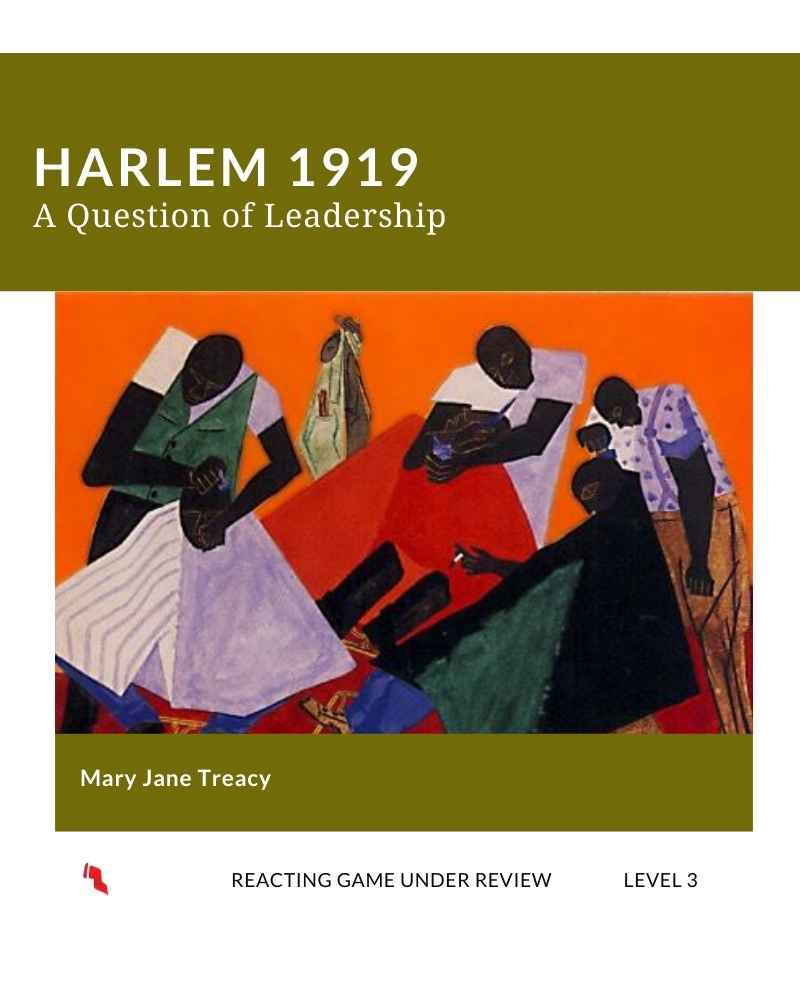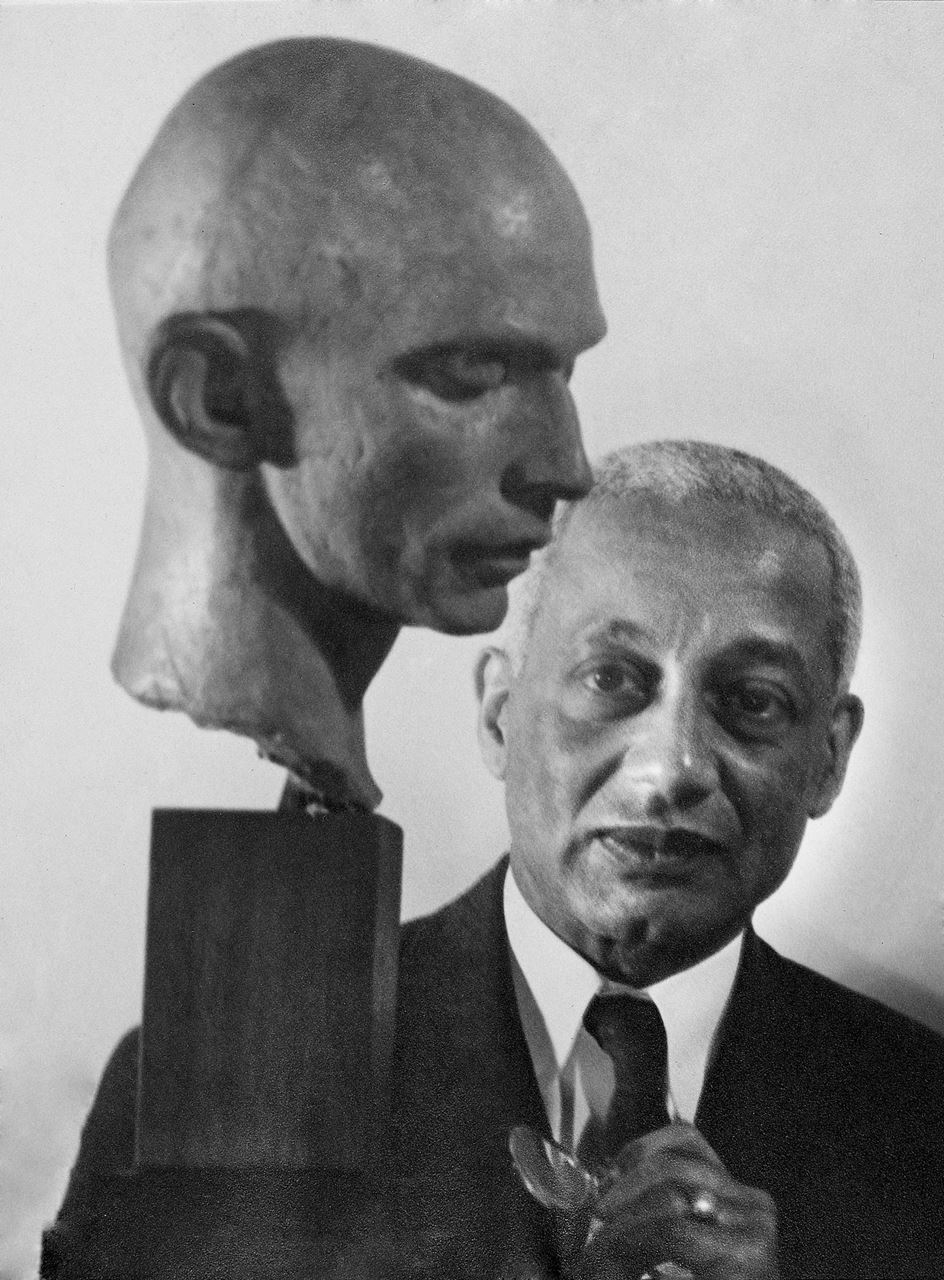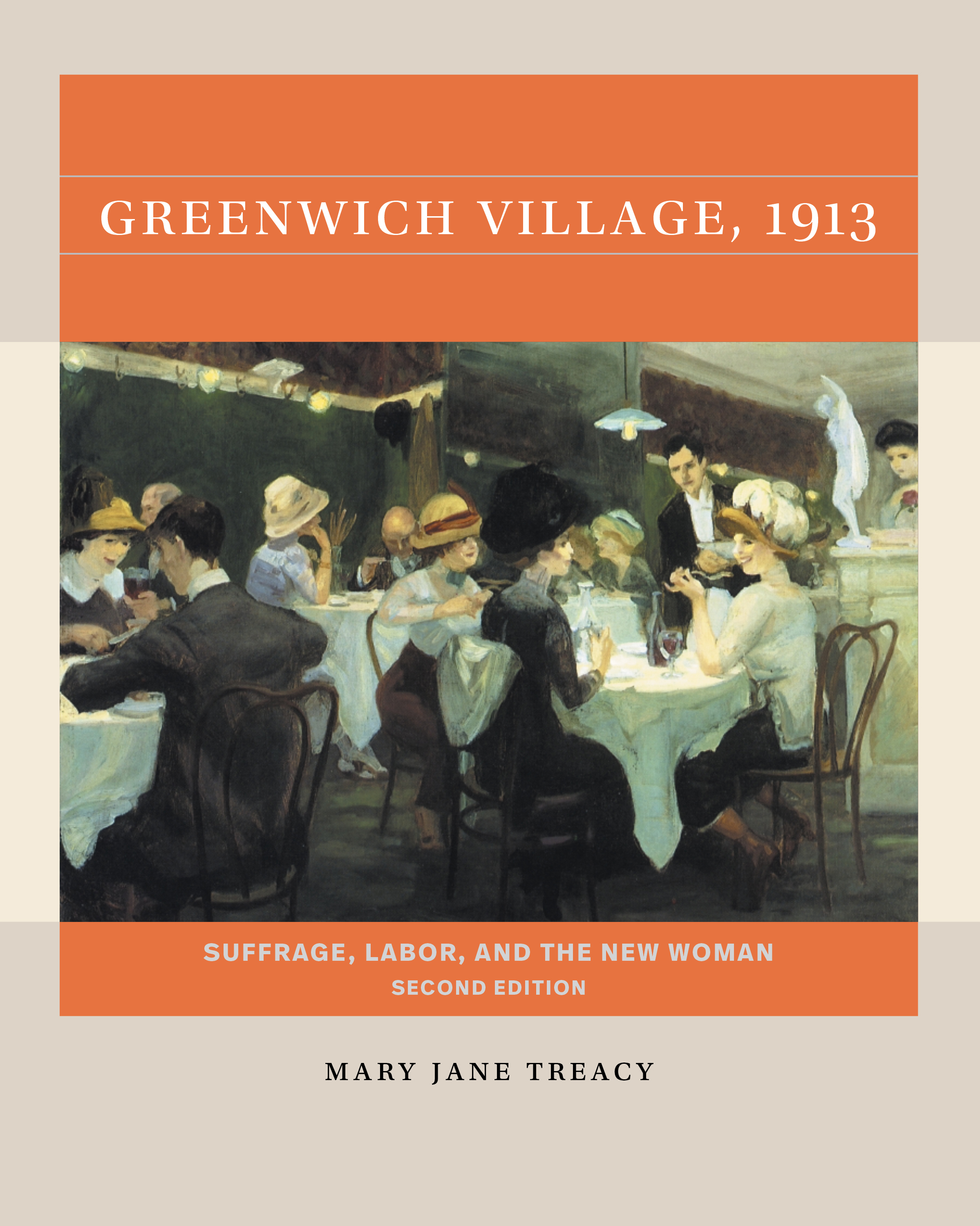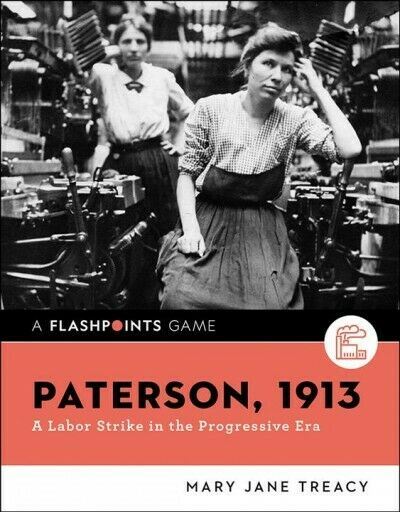 |
HARLEM 1919
A Question of Leadership
by Mary Jane Treacy

Play this game recently? | Chatting in the Barbershop- A Conversation and Listening Game It is 1919. African-American Harlem extends from 130th to 145th Street and 6th to 8th Avenue. In the center of this bustling “Negro Metropolis,” as writer Claude McKay described it, is EDDIE’s, a fictional barbershop where men of all social stations converge to discuss the news of the day: the return of Harlem’s own National Guard from fighting in France, the rise of white mob violence, the emergence of a new generation of activists, ready to challenge the existing black leadership. EDDIE’s barbers vie to persuade the clients that their favored leader’s point of view will take the community into the next decade. Although the barbers support W.E.B. Du Bois, Marcus Garvey, and A. Philip Randolph, other ideas –both traditional and radically new—will emerge as the game unfolds. This is a Level 3 game that is still under development but has been approved by the Reacting Editorial Board (REB) for general use. A detailed explanation of the editorial process and game levels can be found on our REB Page. |
Details
|
Using the Game
Class Size and Scalability Class Time
Assignments In this game, barbers give formal speeches, while some other players must give short, informal speeches; all have conversation tasks. Assignments include journalism, letter writing, daily response reflection pieces, and a larger reflection essay (it's a letter to the editor). This game is writing-light and talking-heavy. |
 GAME MATERIALS
GAME MATERIALS
Reacting Consortium members can download all game materials below. You will be asked to sign in before downloading.
Please Fill out the Permissions Request Form Before Using Harlem, 1919 in Your Class!
Gamebook All students need a Gamebook, which includes resources and historical content. Members can download the Gamebook, and provide it to students for free or at cost. VERSION 6.1. Updated July 2021. | Instructor's Manual and Materials The Instructor's Guide includes guidance for assigning roles, presenting historical context, assignments, activities and discussion topics, and more. | Role Sheets and PowerPoint Students also need a Role Sheet, which contains biographical information, suggestions for further reading, and role-specific info or assignments. |
Additional Resources
Resources for Introduction and/or Debrief |
|
Mary Jane Treacy
Mary Jane Treacy is professor emerita of modern languages and literatures at Simmons College, where she was also director of the honors program. She has been involved with the Reacting to the Past pedagogy since 2005, when she played a minor spy in the court of Henry VIII and then set out to write Greenwich Village, 1913, for her course in the roots of feminism. She has taught Greenwich Village in both women’s and gender studies courses and first-year seminars. She is also author of a new Flashpoints™️ game on a labor strike in Paterson, NJ (Paterson, 1913: A Labor Strike in the Progressive Era). |
Members can contact game authors directly if they have questions about using the game. We also invite instructors join our Facebook Faculty Lounge, where you'll find a wonderful community eager to help and answer questions.
Reviews
"Wonderfully written roles, clear clash of ideas, evocative social and political context. My students (all newbies) are very excited and had very little trouble grasping the game mechanics, etc. The activities for the preparatory sessions are very effective and user-friendly." | "For students at a predominately white institution like mine, this game pushes *everyone* to empathize with historical actors who were black. The small number of students of color appreciate learning about what it might have been like to be African-American in the past. Every one of them was super-engaged in their learning, writing response papers that were better informed and more developed than they had in 'Greenwich Village'. The larger number of white students are necessarily operating out of their comfort zone and coming to grips with the very simple human truth that members of marginalized groups do not all think alike. This is a great game to address general education student learning outcomes that include building awareness and understanding about diversity and patterns of exclusion in the United States." | "This is a really creative game focusing on something students aren't much aware of in terms of history. It is also a great way to improve student capacity to 'think out loud' and share ideas orally. In this it differs from other games in this focus on the how information is exchanged." |
|
|
|



